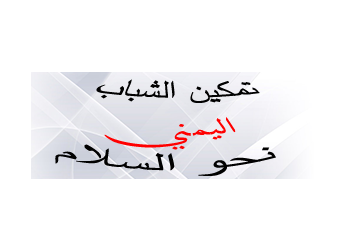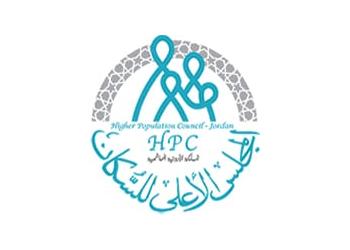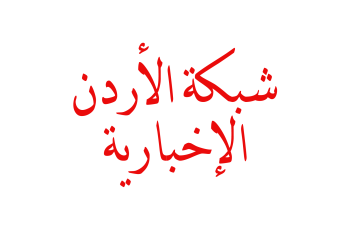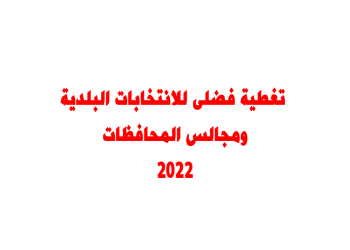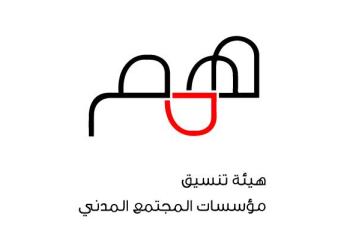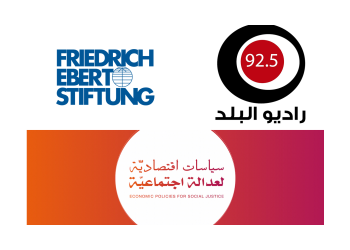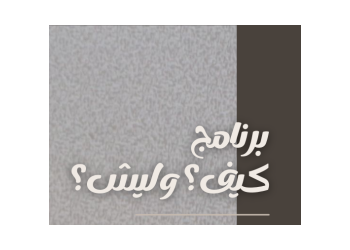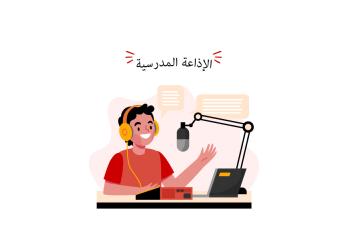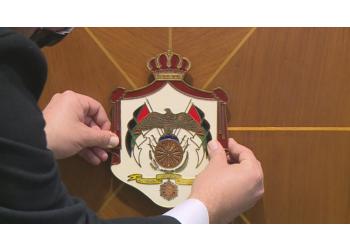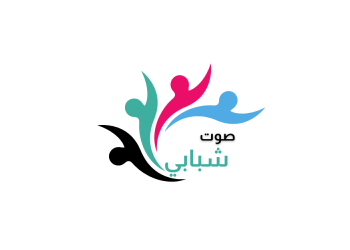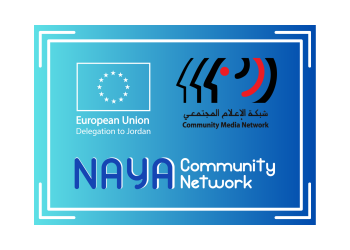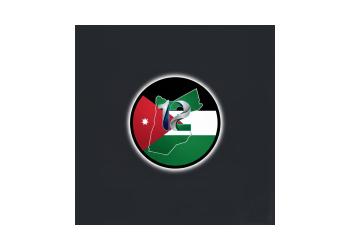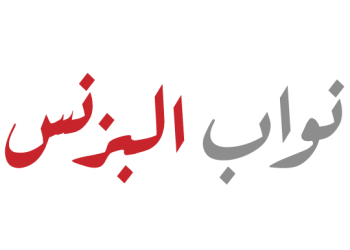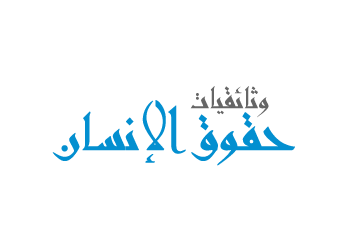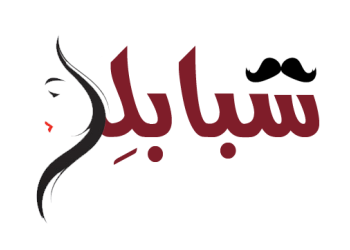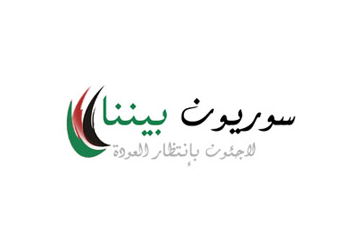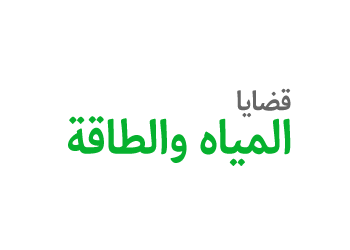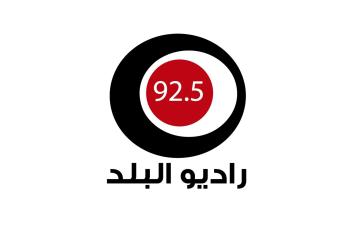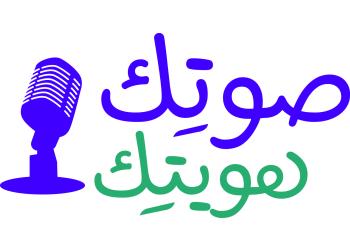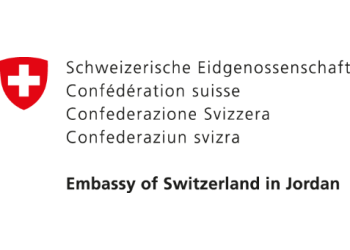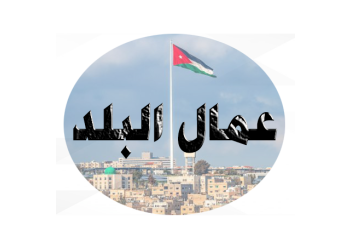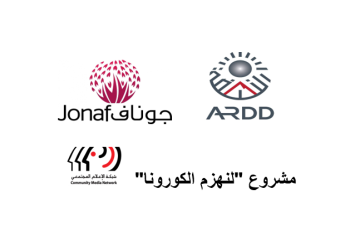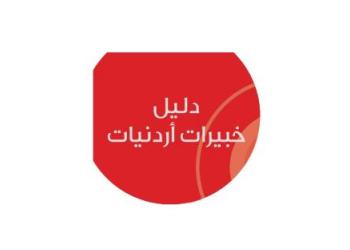Palestinian Cultural Resistance in the Service of the National Project

Salim Nuqul
The Palestinian-Israeli conflict has significantly shaped the political, social, and cultural identity of the Palestinian people. Spanning over a century, this prolonged period of agony and oppression has involved sustained efforts to displace Palestinians and erase their cultural legacy. In response, Palestinians have demonstrated unwavering resilience, firmly resisting Israeli attempts to obliterate their presence and history. Through literature, art, social customs and traditions, and national symbols, they have transformed cultural expression into a powerful form of resistance and a means of preserving their identity. Indeed, the current war on Gaza underscores their ongoing cultural resistance as a vital tool for advocacy, mobilization, and solidarity in the face of ongoing violence and destruction.
Historical Context
In the early twentieth century, alongside prominent political leaders, key figures such as Issa Al-Issa, a journalist and founder of Filastin newspaper (1911), Najib Nassar, a cultural advocate and founder of Al-Karmel newspaper (1908), and Khalil al-Sakakini, an influential educator and writer, played pivotal roles in igniting Palestinian resistance against Zionist and colonial ambitions. Through their publications, they exposed the growing threats, and responded to critical events such as the 1917 Balfour Declaration, which supported a Jewish national home in Palestine; and the 1916 Sykes-Picot Agreement and 1920 San Remo Conference, which divided Ottoman territories and established the British Mandate over Palestine.
As threats escalated, Palestinian society witnessed the rise of various organizations and movements. Foundational among these were the Muslim-Christian Associations (1918) and the Arab Executive Committee (1920), which were instrumental in mobilizing resistance and promoting national identity. They organized protests, issued statements, and petitioned British authorities to end Jewish immigration into Palestine and grant independence. Cultural clubs also became centers for intellectual debate and strategic planning, focusing on preserving Palestinian heritage and countering cultural erasure.
Key events like the 1920 Nabi Musa Festival Riots, marked by religious-nationalist clashes between Palestinians and immigrant Jews, the 1929 Al-Buraq Wall Uprising, fueled by tensions over Jewish access to Al-Aqsa Mosque Compound in Jerusalem, and the 1936 General Strike, a broad protest against British Mandate policies and Jewish immigration, galvanized Palestinian public opinion and transformed resistance into a sustained movement. Following the Nakba (catastrophe) of 1948, which forcibly exiled around 750,000 Palestinians to neighboring countries, grassroots efforts in refugee camps preserved oral histories and traditions through community gatherings despite the challenges of displacement and fragmented leadership.
Grassroots efforts in refugee camps preserved oral histories and traditions through community gatherings.
The 1964 establishment of the Palestinian Liberation Organization (PLO) integrated cultural resistance into the national liberation strategy. Palestinians in the diaspora, through literary figures like Mahmoud Darwish, Ghassan Kanafani, and Naji al-Ali, advanced this effort, using literature and art to document experiences and mobilize resistance. Works such as Darwish’s poetry, Kanafani’s novel Returning to Haifa, and al-Ali’s Handala caricatures (Back-turned, barefoot ten-year-old boy), became symbols of Palestinian identity and solidarity.
The First Intifada (1987-1993) and the Second Intifada (2000-2005) marked significant periods of resistance, both characterized by grassroots uprisings and intensified confrontations. The First Intifada manifested cultural defiance through graffiti, posters, poetry, and art, including impactful songs performed by various Palestinian artists to inspire determination. The Second Intifada, following the failure of the 1993 Oslo Accords, saw the emergence of influential films and documentaries, alongside other enduring cultural expressions. Notable examples include Mohammad Bakri’s Jenin, Jenin (2003), Emad Burnat’s 5 Broken Cameras (2011), and theater productions like The Siege by the Palestinian Freedom Theatre, which depicted the realities of life under occupation.
Israeli Pillaging
The late nineteenth-century Zionist slogan “a land without a people for a people without a land” deliberately portrayed Palestine as uninhabited, setting the stage for systemic appropriation and destruction. This fabricated narrative, propagated by western evangelicals, falsely justified the return of Jews (making “Aliyah”) to what was claimed to be ‘ancestral territory.’ Despite being thoroughly debunked by numerous scholars and international organizations, like the United Nations, this fallacious myth continues to underpin Israeli state policies today.
During the late Ottoman period, when Jews constituted around 3 percent of the population in Palestine, Hebrew was used on a limited scale. However, it gained prominence during the British Mandate as Jewish immigration increased tenfold, raising their number to some 31 percent by 1945. The increase in the visibility of Hebrew in Palestinian public life—on street signs, currency, and official documents—asserted the growing Jewish presence and initiated a gradual replacement of Arabic (de-Arabization), the primary language for centuries, contributing to Israel’s broader agenda of cultural and linguistic domination.
Since 1948, Israel has methodically engaged in erasing Palestinian identity through appropriation, theft, and destruction of cultural heritage as part of a broader campaign of memoricide—the deliberate erasure of a people’s collective memory. This campaign included physical destruction and massacres in hundreds of villages and towns, including Tantura, Qastal, and Deir Yassin. It has also involved the systematic looting of tens of thousands of Palestinian cultural artifacts—ranging from books and artworks to historical records—to erase any trace of Palestinian presence. Additionally, this strategy extends to the appropriation of ancient artifacts, the selective re-writing and forging of historical narratives to emphasize a continuous Jewish presence, as well as Hebraizing city and street names in Palestinian occupied territories. The erasure persists today, with ongoing demolitions and land theft in the occupied West Bank and Gaza, continuing the effort to extinguish Palestinian identity and heritage.
Beyond physical destruction, Israeli policies have long co-opted elements of Palestinian culture. Authentic Palestinian culinary dishes have been rebranded as Israeli while traditional dresses and Arabic music have been stripped of their original cultural context and presented as part of Israeli heritage. These actions are part of a calculated endeavor to forge an Israeli cultural legacy that mirrors the region. In this context, cultural Hasbara (propaganda) is used to obscure Israeli actions, erase the Palestinian narrative, and expunge Palestinian identity and ethnic memory from global consciousness.
Israeli authorities have also targeted Palestinian agriculture by impeding access to heritage crops like jute mallow, wild chicory, and gundelia, and by uprooting hundreds of thousands of olive trees. This devastation of vital agricultural resources represents a deliberate assault on Palestinian heritage, intended to sever the deep-rooted connection between the people and their land.
In addition, Israeli efforts have focused on silencing Palestinian intellectuals and cultural figures, many of whom have faced assassination attempts or have been killed for their efforts to preserve Palestinian culture, identity, and resistance narratives. Among the prominent figures were Ghassan Kanafani, a novelist and political activist assassinated in 1972; Anis Sayegh, an academic who survived an assassination attempt in 1972; and Basel al-Araj, an activist and author killed by Israeli forces in 2017. Palestinian artists also endure arrests and censorship, further stifling their work. These targeted attacks reflect an intentional attempt to extinguish influential Palestinian voices amid ongoing cultural and physical erasure.
Palestinian Cultural Resistance
Palestinians have long regarded their struggle against the Israeli occupation as essential to their survival as a national group. For decades, they have actively championed their cause globally. Cultural resistance has emerged as a key catalyst, mobilizing support and countering Israeli claims and false narratives.
In response to Israel’s attempts to co-opt and erase their cultural heritage, Palestinians have wielded a range of sophisticated resilience strategies. They have championed their traditions—from language and cuisine to folk songs and traditional attire—while literature, films, and other arts have played a crucial role in this cultural defiance. Beyond mere preservation, Palestinians have launched grassroots initiatives, cultural events, and educational programs worldwide, documenting and disseminating their stories. These efforts have transcended borders, united Palestinians, and reinforced their commitment to their cause, especially among diaspora generations.
Various bands, singers, and poets have emerged in recent decades, using their art to celebrate Palestinian identity and resist cultural erasure. Several artists, like Dalal Abu Amneh, Sanaa Moussa, and Rim Banna, have worked on reviving and reinterpreting Palestinian folk songs, emphasizing their cultural significance. A noteworthy aspect of this legacy is also seen in the tributes to heroes and martyrs, whose influence continues to shape Palestinian culture and symbolize the ongoing liberation struggle. The 1980s song Min Sijn Akka (From Acre Prison) by the Palestinian band Al-‘Ashiqeen, for instance, honors Ata Al-Zir and his comrades, Palestinian leaders executed by British Mandate authorities in 1930. Similarly, Leve Palestina, a 1970s protest song by the Swedish-Palestinian band Kofia, became an anthem for Palestinian resistance, expressing solidarity against Zionism and imperialism. Additionally, traditional forms like the Tarweedeh, a chant sung by Palestinian farmers, and Dabkeh, a traditional Levantine folk dance performed at events, weddings, and protests, both serve to weave daily life into the broader struggle for identity and liberation, rendering them essential to cultural resistance and the preservation of collective heritage.
Israel has methodically engaged in erasing Palestinian identity through appropriation, theft, and destruction of cultural heritage.
Moreover, Palestinian cuisine stands as a vital element of cultural resistance, reflecting a deep-rooted connection to the land and heritage. Traditional dishes such as Maqluba (chicken and rice) and Musakhan (chicken over taboon bread), passed down through generations, are recognized as enduring symbols of resilience and identity. A case in point is Hanadi Halawani, a Palestinian Jerusalemite activist, who preserves this heritage by preparing traditional dishes like Maqluba with other female activists near Al-Aqsa Mosque, despite ongoing persecution by Israeli authorities. Similarly, chefs like Joudie Kalla and Reem Kassis, along with initiatives such as Culture on a Plate and the Palestine Hosting Society, are vital in preserving Palestinian culinary heritage. These initiatives, from cookbooks and online classes to communal events, ensure that traditional dishes remain central to Palestinian identity and resistance.
Similarly, agricultural heritage is intensely embedded in Palestinian culture, serving as a powerful symbol of resilience and identity. Numerous artistic expressions vividly capture this connection to the land, including Sliman Mansour’s evocative paintings. Olive trees, emblematic of endurance and ancestral ties, continue to be cultivated despite Israeli restrictions. In Palestinian literature and film, this cultural significance appears in works such as Fadwa Tuqan’s poem The Deluge and the Tree (1967), Sahar Khalifeh’s novel Wild Thorns (1976), and Hanna Elias’s film The Olive Harvest (2003). Similarly, the Jaffa orange, once a symbol of prosperity, now represents cultural loss and resistance, as explored in works like Suad Amiry’s Mother of Strangers (2022) and Nadine Sayegh’s Oranges from Jaffa (2022), along with the short film An Orange from Jaffa (2023) by Mohammed Al-Mughanni. Collectively, the perpetuation of agricultural practices and cultural contributions underscores the enduring resilience of Palestinian identity amid the prolonged adversity.
In parallel, traditional Palestinian dresses, rich in tatreez (embroidery) and design, symbolize identity and heritage, often worn at public events and weddings to reinforce cultural continuity. Institutions like the Palestinian Heritage Foundation (New Jersey, USA), and the Palestinian Heritage Center (Bethlehem) play crucial roles in preserving these garments by showcasing their historical and cultural significance, ensuring their role in ongoing cultural resistance. Contemporary fashion designers, such as Noora Khalifeh and Mohammad Noor, also draw from these traditions to create modern fashion that honors Palestinian cultural identity, linking past and present.
In concert, these efforts not only safeguard Palestinian heritage but also bolster international recognition and support for Palestinian cultural identity. As these symbols of resistance resonate globally, they bridge the struggle at home with international activism, strengthening the advocacy for Palestinian rights and advancing their ongoing struggle.
Global Support and Activism for Palestinian Resistance
In recent decades, Palestinian cultural and advocacy initiatives have thrived. Movements like Students for Justice in Palestine (SJP), Boycott, Divestment, and Sanctions (BDS), and Palestine Solidarity Campaign (PSC) have notably contributed to this landscape. By raising awareness, mobilizing global support, and advocating for changes in support of Palestinian rights through their extensive networks and grassroots activism across many regions, these initiatives have significantly influenced public opinion.
Amid the ongoing genocide in Gaza, Palestinian cultural resistance has emerged as a powerful force. This enduring legacy, cultivated over decades of hardship, now amplifies Palestinian voices worldwide. Notably, enduring symbols of resistance like the Palestinian flag, Handala, the Keffiyeh (traditional Palestinian scarf, typically black and white), traditional embroidered dresses, and the iconic watermelon (representing the Palestinian flag’s colors after Israeli authorities banned its display) are now central to pro-Palestinian demonstrations worldwide, expressing solidarity and fortifying the Palestinian identity. As such, Palestinians and their supporters use diverse creative mediums—street art, digital art, protest banners, and public displays—to starkly depict the ongoing war against Palestinians and lay bare the brutal realities of life under occupation, garnering worldwide support.
Today, Palestinians are joined by a diverse array of artists, activists, and allies. Thousands of artists worldwide vehemently condemn Israel amid accusations of cultural censorship and actively campaign for its exclusion from events and festivities. Prominent artists such as Roger Waters, Macklemore, Angelina Jolie, Susan Sarandon, Cynthia Nixon, and Mark Ruffalo use their platforms and public appearances to raise awareness and support for the Palestinian cause. Young activists like Greta Thunberg advocate for Palestinian justice and an immediate ceasefire, while organizations like Amnesty International and Human Rights Watch document and reveal the atrocities committed by the Israeli army in Gaza.
Central to the surge in pro-Palestinian activism has been the pivotal role of social media, which has reshaped public discourse by challenging the falsehoods of Israeli moralities, dismantling their propaganda, and providing a transparent record of the War on Gaza. These platforms have enabled a new generation of pro-Palestinian advocates in western nations to incorporate cultural and visual elements into their published content. This inclusion, alongside harrowing imagery from Gaza, has equipped them to engage diverse audiences and expose Israel’s atrocities, prompting efforts to suppress their voices. The resulting momentum has led to a significant shift in public opinion, as indicated by several polls, with youth increasingly supporting Palestine over Israel. This growing wave of solidarity, including diverse backgrounds, such as Jews in the United States, is exemplified by the unprecedented surge in pro-Palestinian activism during the ongoing war.
Since the onset of the current war on Gaza, university students and activists in cities across the world have catalyzed a powerful wave of civil activism, driven by deep opposition to the brutalities committed by Israel. They have organized protests, sit-ins, teach-ins, and encampments. Additionally, their activism has extended beyond campuses, coordinating thousands of rallies and demonstrations globally, disrupting political speeches, staging store protests, and occupying public spaces. These actions have intensified calls for ceasefires, divestment, boycotts of Israel, accountability, and justice for Palestine, compelling meaningful action.
Conclusion
Palestinian cultural resistance embodies enduring perseverance, innovative strategies, and unwavering solidarity in the face of occupation. From the early voices of dissent to the actions of today’s activists, Palestinians have harnessed their cultural heritage to defy oppression and amplify their calls for justice. As social media activism and grassroots mobilization usher in a new era, the global resonance of the Palestinian struggle inspires hope, drives change, and offers a powerful model for movements worldwide.
The views expressed in this publication are the author’s own and do not necessarily reflect the position of Arab Center Washington DC, its staff, or its Board of Directors.


